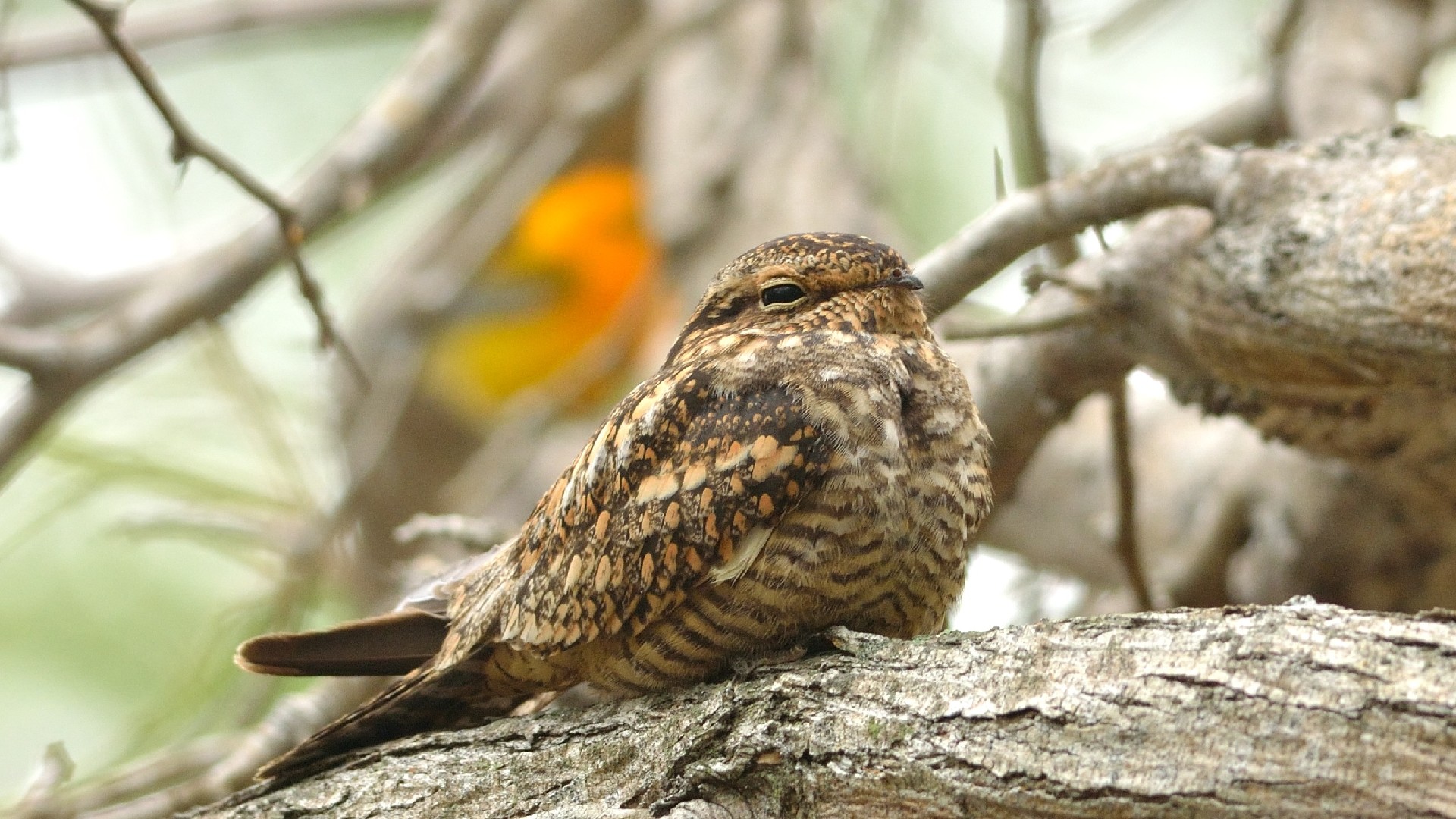Lesser Nighthawk
A species of Typical Nighthawks Scientific name : Chordeiles acutipennis Genus : Typical Nighthawks
Lesser Nighthawk, A species of Typical Nighthawks
Botanical name: Chordeiles acutipennis
Genus: Typical Nighthawks
Content
Description People often ask General Info
 Photo By https://www.flickr.com/photos/neilorlandodiazmartinez , used under CC-BY-SA-2.0 /Cropped and compressed from original
Photo By https://www.flickr.com/photos/neilorlandodiazmartinez , used under CC-BY-SA-2.0 /Cropped and compressed from original Description
The lesser Nighthawk is a ground nester found in large, open areas with clear vantage points and little disturbance; because of this, they are not very common to come across in their natural habitats. These birds are nocturnal and will only venture from their nests to feed on insects and to socialize. Population numbers are not well known.
Size
20-23 cm (8-9 in)
Colors
Brown
Black
Yellow
Gray
White
Life Expectancy
10 years
Nest Placement
Ground
Clutch Size
2 eggs
Incubation Period
1 - 2 broods
Number of Broods
18 - 19 days
Nestling Period
21 days
Feeding Habits
Lesser Nighthawk's diet consists mainly of flying insects such as flies, mosquitoes, moths, June bugs, and leafhoppers. They feed by flying with their mouths open, catching prey mid-air, and can also jump to snatch insects from the ground. Their small bills contrast with their large mouths, which have fine hairs to trap insects.
Habitat
Lesser Nighthawk are typically found in arid regions, favoring habitats such as scrublands, dry grasslands, and desert washes. These birds prefer lower altitudes but can be found up to about 4,000 feet in certain areas like the Chisos Mountains. They thrive in climates where insects swarm, often near streetlights or bodies of water. Besides deserts and scrubby areas, their habitat includes agricultural fields and, during winter migration to Central America, they inhabit open woodlands, marshes, mangrove swamps, and coastal areas.
Nest Behavior
Lesser Nighthawk nesting activities involve laying eggs on the ground without prior nest construction. Egg-laying time is precise but not specified, and parental care details are unmentioned, suggesting incubation and protection strategies.
Nest Characteristics
Lesser Nighthawk do not construct traditional nests. Their eggs are laid directly on bare ground, commonly amongst small pebbles. They are often placed on the north side of a bush or branch, in environments ranging from full sun to partial shade, occasionally on rooftops.
Dite type
Insectivorous
People often ask
General Info
Feeding Habits
Bird food type
Behavior
Lesser Nighthawk exhibit a dynamic aerial lifestyle, especially active at twilight, when they engage in foraging flights, characterized by a distinctive pattern of swift wingbeats, fluttering, and gliding. During the day, lesser Nighthawk typically rest camouflaged on the ground or horizontally on tree branches. Remarkably adaptable, they regulate their body temperature in response to the harsh desert climate by adopting specific postures or entering a state of torpor to conserve energy. Mating rituals involve males displaying their white throat and performing aerial pursuits, without the sonic display seen in some relatives. Lesser Nighthawk show strong site fidelity during breeding, with females demonstrating a pronounced tendency to remain with their eggs until danger is imminent.
Species Status
Not globally threatened.

 Photo By https://www.flickr.com/photos/neilorlandodiazmartinez , used under CC-BY-SA-2.0 /Cropped and compressed from original
Photo By https://www.flickr.com/photos/neilorlandodiazmartinez , used under CC-BY-SA-2.0 /Cropped and compressed from original Scientific Classification
Phylum
Chordates Class
Birds Order
Nightjars and Relatives Family
Nightjars and nighthawks Genus
Typical Nighthawks Species
Lesser Nighthawk